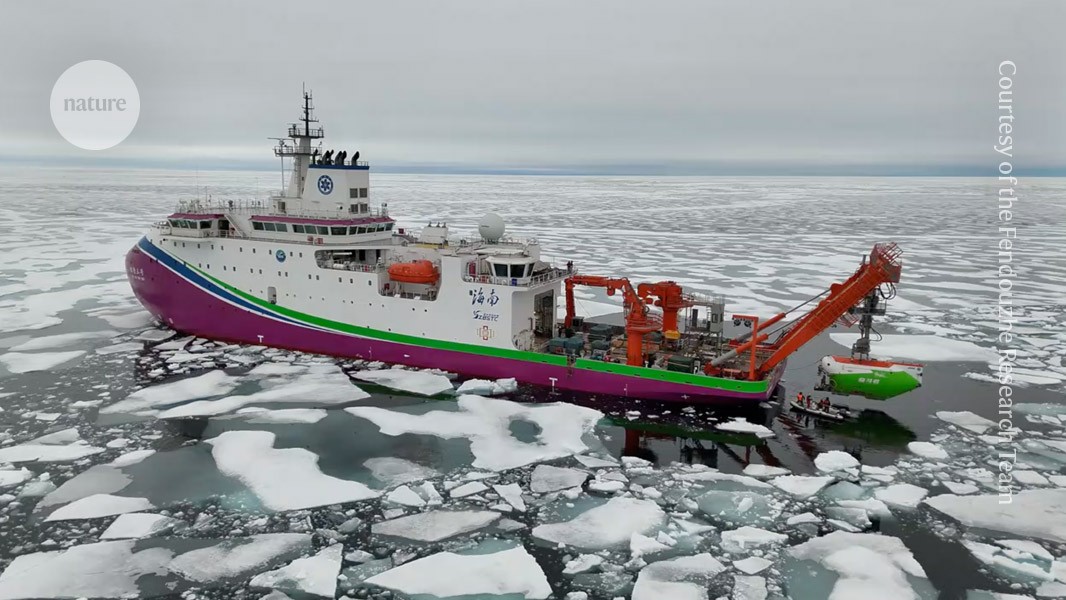
"The expedition, which concluded late last month, explored the eastern part of the Gakkel ridge - part of the global system of submerged mountain chains that play a key part in plate tectonics. A team of scientists took a submersible vessel beneath the Arctic sea ice and completed more than 40 dives, going as deep as 5,277 metres. The analyses are far from complete, but this section of the Gakkel ridge might have hot-water vents that spew from the sea floor."
"Similar vents on the western, and better-explored, part of the ridge are home to bizarre ecosystems that thrive far from the reach of sunlight. They provide scientists with some of the best opportunities to understand how life might arise and evolve in icy oceans on worlds beyond Earth, such as on Jupiter's ice-encrusted moon Europa. Missing piece Expedition scientists will spend the next few years studying the rocks, water and animals that they gathered during the submersible dives."
An expedition explored the eastern Gakkel ridge beneath Arctic sea ice using a submersible, completing over 40 dives to depths of 5,277 metres. Collected rocks, water and animals will undergo years of analysis to determine whether hot-water hydrothermal vents exist on the eastern ridge. Hydrothermal systems on the western ridge host bizarre, sunlight-independent ecosystems and offer models for life in icy extraterrestrial oceans such as Europa. The Gakkel ridge produces new sea-floor crust at extremely slow spreading rates yet generates sufficient heat and chemical flux to sustain hydrothermal venting.
Read at Nature
Unable to calculate read time
Collection
[
|
...
]